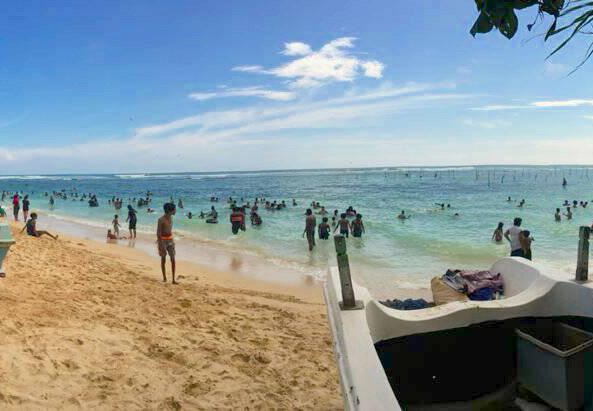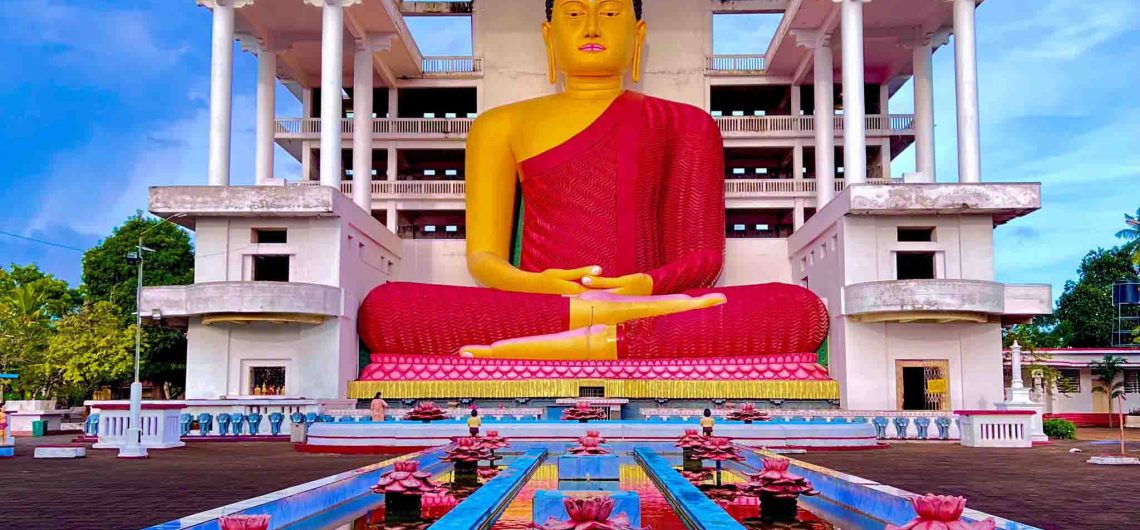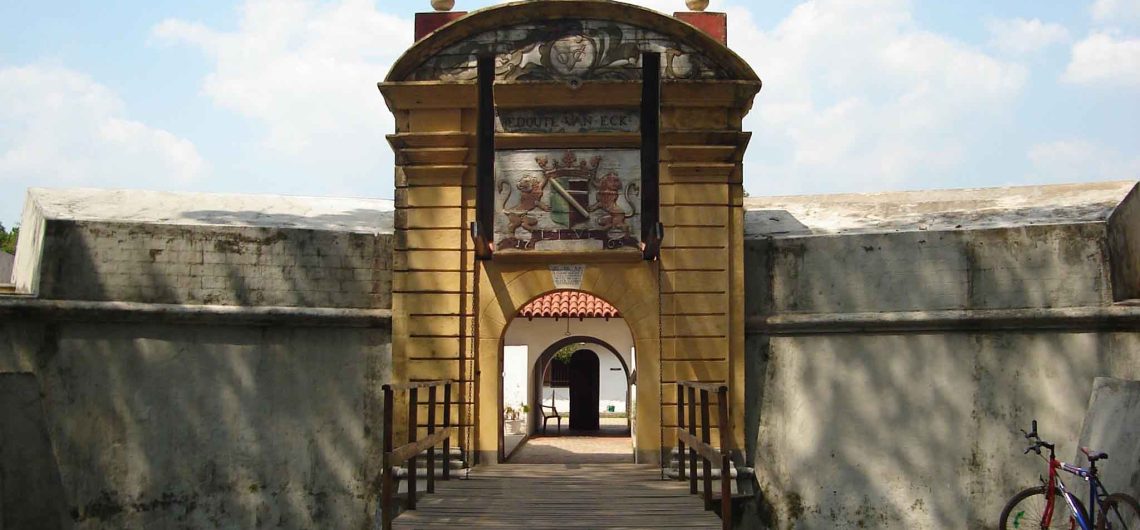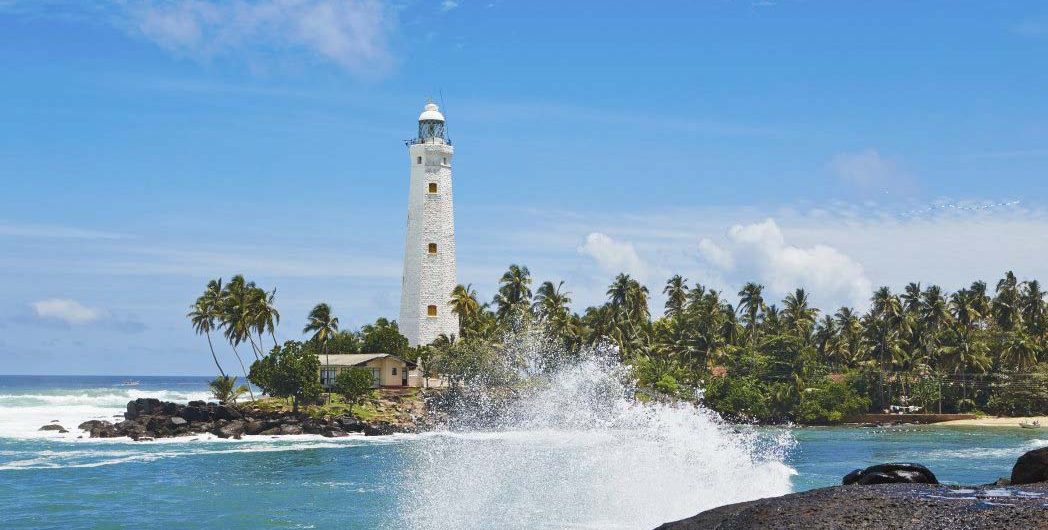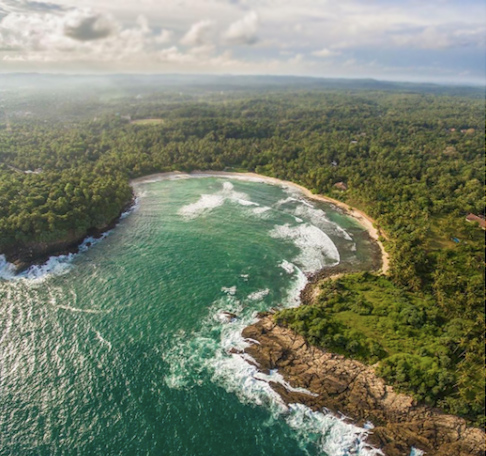Polhena Beach is a picturesque and serene beach located in the southern part of Sri Lanka, about 2 kilometers away from Matara city. This beach is a perfect destination for travelers seeking a peaceful and relaxing vacation with family and friends. The beach is known for its crystal-clear waters, stunning coral reefs, and calm and shallow waves, making it ideal for swimming, snorkeling, and other water activities.
The beach stretches about 1 kilometer long and is adorned with palm trees, lush greenery, and a serene atmosphere. It is a popular spot among locals and tourists alike, who come to enjoy the pristine beauty and tranquility of this charming beach. The beach is a great place to unwind and relax, and is often referred to as the “best beach in Matara.”
One of the main attractions of Polhena Beach is the natural pool formed by the coral reef. The natural pool is a shallow area of water created by the reef, which serves as a sanctuary for a variety of colorful marine life such as fish, sea turtles, and other sea creatures. Snorkeling is a popular activity here, as visitors can witness the vibrant underwater world up close.
Apart from snorkeling, Polhena Beach also offers other water activities such as surfing, boating, and jet skiing. Visitors can rent equipment from the local vendors on the beach, or join guided tours for snorkeling and scuba diving. The beach is also equipped with facilities such as changing rooms, shower facilities, and food and beverage stalls.
For those seeking a more relaxing experience, Polhena Beach is an ideal place to soak up the sun, take a stroll along the shore, or enjoy a picnic with friends and family. The beach is relatively less crowded compared to other popular beaches in Sri Lanka, making it a great place to escape the hustle and bustle of the city.
In conclusion, Polhena Beach is a must-visit destination for travelers seeking a peaceful and relaxing vacation. With its stunning coral reefs, calm waters, and pristine beauty, this charming beach is sure to leave visitors with lasting memories of their trip to Sri Lanka.
.
.
(Image Credit: Hashantha Kandula Wewalage )

